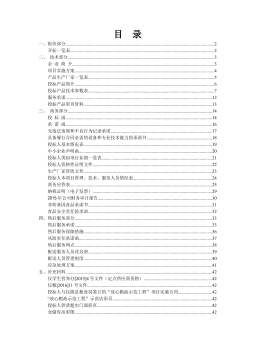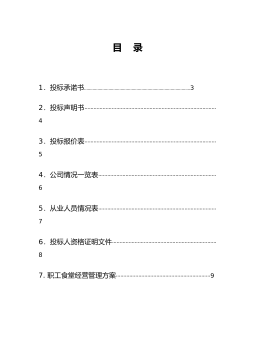基于小城镇出行特征的交通需求预测研究
摘要在各个国家的发展和城市化进程中,都很关注小城镇的发展。经过数十年的规划和建设,世界上许多国家,特别是发达国家在小城镇建设过程中积累的很多经验可以为我们提供参考。由于小城镇社会和经济的迅猛发展,对合理交通结构的需求也更加强烈。因为小城镇的地区和人口规模较小,它所潜在的交通问题也没有得到足够的重视,但是小城镇的社会经济发展基本依赖过境公路的发展。所以小城镇的发展、经济水平的提高、交通的发展,都将会影响到对居民的出行行为,因此找出适合小城镇交通需求预测的模型越发紧迫。对于小城镇规划的研究已经逐渐被人们了解,小城镇的发展依靠交通的发展,因此小城镇的交通需求预测研究显得更加重要,但是目前的交通需求预...
相关推荐
-
七年级数学下册(易错30题专练)(沪教版)-第13章 相交线 平行线(原卷版)VIP免费

 2024-10-14 26
2024-10-14 26 -
七年级数学下册(易错30题专练)(沪教版)-第13章 相交线 平行线(解析版)VIP免费

 2024-10-14 31
2024-10-14 31 -
七年级数学下册(易错30题专练)(沪教版)-第12章 实数(原卷版)VIP免费

 2024-10-14 28
2024-10-14 28 -
七年级数学下册(易错30题专练)(沪教版)-第12章 实数(解析版)VIP免费

 2024-10-14 19
2024-10-14 19 -
七年级数学下册(压轴30题专练)(沪教版)-第15章平面直角坐标系(原卷版)VIP免费

 2024-10-14 20
2024-10-14 20 -
七年级数学下册(压轴30题专练)(沪教版)-第15章平面直角坐标系(解析版)VIP免费

 2024-10-14 28
2024-10-14 28 -
七年级数学下册(压轴30题专练)(沪教版)-第14章三角形(原卷版)VIP免费

 2024-10-14 20
2024-10-14 20 -
七年级数学下册(压轴30题专练)(沪教版)-第14章三角形(解析版)VIP免费

 2024-10-14 30
2024-10-14 30 -
七年级数学下册(压轴30题专练)(沪教版)-第13章 相交线 平行线(原卷版)VIP免费

 2024-10-14 27
2024-10-14 27 -
七年级数学下册(压轴30题专练)(沪教版)-第13章 相交线 平行线(解析版)VIP免费

 2024-10-14 24
2024-10-14 24
相关内容
-

七年级数学下册(压轴30题专练)(沪教版)-第15章平面直角坐标系(解析版)
分类:中小学教育资料
时间:2024-10-14
标签:无
格式:DOCX
价格:15 积分
-

七年级数学下册(压轴30题专练)(沪教版)-第14章三角形(原卷版)
分类:中小学教育资料
时间:2024-10-14
标签:无
格式:DOCX
价格:15 积分
-

七年级数学下册(压轴30题专练)(沪教版)-第14章三角形(解析版)
分类:中小学教育资料
时间:2024-10-14
标签:无
格式:DOCX
价格:15 积分
-

七年级数学下册(压轴30题专练)(沪教版)-第13章 相交线 平行线(原卷版)
分类:中小学教育资料
时间:2024-10-14
标签:无
格式:DOCX
价格:15 积分
-

七年级数学下册(压轴30题专练)(沪教版)-第13章 相交线 平行线(解析版)
分类:中小学教育资料
时间:2024-10-14
标签:无
格式:DOCX
价格:15 积分






